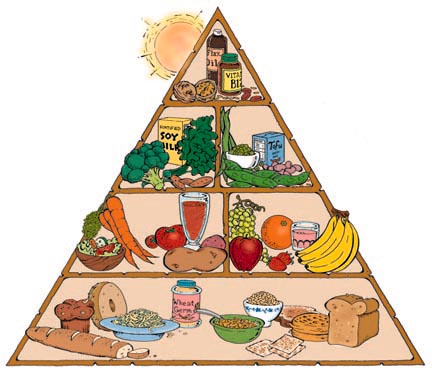My mother is always after me to take better care of my feet. I have terribly dry and cracked feet. They are horrible and honestly, it's my own fault. My mother is right, I don't take good care of my feet. When I was pregnant with my third child, I couldn't reach my feet. My mother was staying with me for a few days and offered me a pedicure. She prettied up my feet, which was no small feat. (A little pun for my Dad.) It took her a really long time to exfoliate with a pumice stone. It felt so good when she was done. I did my best, okay maybe not my best, to keep up with it. I'm sure you could guess that it didn't take long for me to give up with the moisturizing of my feet. Every once in a while I get back to it. Usually after my mother gets a peek at how horrible my feet look.
It's time to give it another round, and this time stick with it. I'm going to take you along with me on my journey to get my feet in good shape. I mean, I'm getting the rest of me into shape, why not take care of my feet? Hear that Mom? I'm going to take care of my feet, just like you keep telling me to.
Here are some things I learned in my quest to find the best way to care for my feet:
Soaking: About.com has great tips and recipes for foot soaks in their article about giving yourself a professional pedicure. (http://beauty.about.com/od/perfectnails/ss/pedicure101_3.htm) Did you know milk is good to loosen dead skin? Me either. It has always felt good to soak my feet in a warm bath. The warm moisture is relaxing and helps soften rough dry skin, getting it ready for that trusty pumice stone (or other "tool" mentioned below.
Exfoliating: I have always thought a pumice stone was a good way to exfoliate my feet, and it is. I have discovered through my reading that it may not be the easiest way. Someone who posted on instructables.com suggests a wood rasp and painter's sanding sponge. It sounds extreme to me too, but I'm trying it. I'll let you know what I think in a future post. Other ways to exfoliate you feet include foot scrubs and exfoliating creams.
Moisturizing:
I've pretty much already been over moisturizers in my previous post. There are only a few things to add for your feet. Use a deep-moisture cream moisturizer right after you exfoliate, then cover your feet.Moisturize again after your shower and before bed. Look for a foot cream that contains
salicylic acid, lactic acid or urea -- all of which work great on super-dry skin [source:
Guglielmetti]. Some creams have extra ingredients such as shea butter, beeswax or coconut oil that boost the moisturizing effect. (http://health.howstuffworks.com/skin-care/moisturizing/basics/moisturize-feet1.htm)
Nails: When cutting your nails, keep them at a moderate length and cut straight across
. Use clean nail cutters, taking your time. Put Vaseline or something similar over your cuticles at night. It will help to soften them and loosen them from the nail. Don't forget the pretty polish. You've got your nails all cleaned up, you may as well dress them up.
Foot ailments:
Toenail fungus is no fun and hard to treat. Of everything I've read in my research, I think webmd.com is not only the most reliable, it's also the most simply stated. So, rather than trying to restate what they said...
"How Is Nail Fungus Treated? Treatment for a nail fungus may include topical creams or oral medications (antifungal drugs), but topical antifungal drugs likely won't cure the infection. Rarely, surgery may be required. Removal of the infected nail can be performed to permit direct application of a topical antifungal. Oral drugs, such as terbinfine, can cure about 50% of nail fungus infections.
Toenail infections are more difficult to treat than fingernail infections because the toenail grows more slowly. In addition, a damp, warm environment of a shoe or boot can encourage fungal growth.
 To prevent getting a nail fungus infection:
To prevent getting a nail fungus infection:
- Avoid walking barefoot in public areas, such as locker rooms
- Keep the inside of your shoes dry and change your socks frequently (100% cotton socks are recommended)
- Wear proper fitting shoes (shoes with a wide toe area and ones that don't press your toes)
- Use absorbent or antifungal powder"
Source: http://www.webmd.com/healthy-beauty/nail-problems
One final thought... I have been thinking about the About.com article I mentioned above. I think I'm going to give it a try. In future posts, I'll post before and after pictures. I'm sure if I do all this, the next time my mother sees my feet, she'll be pleased.














